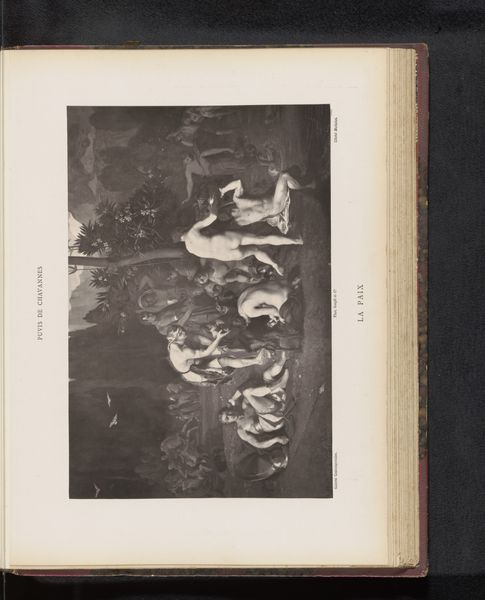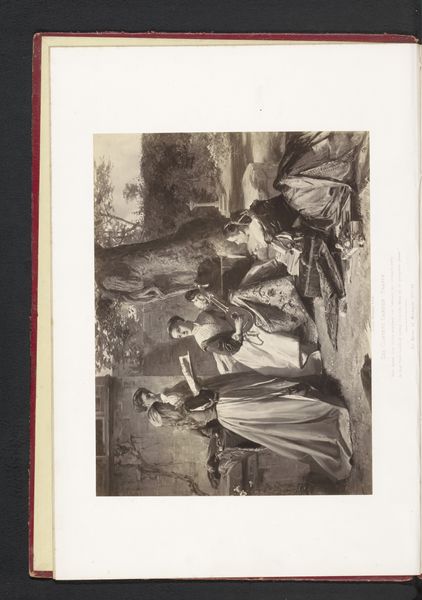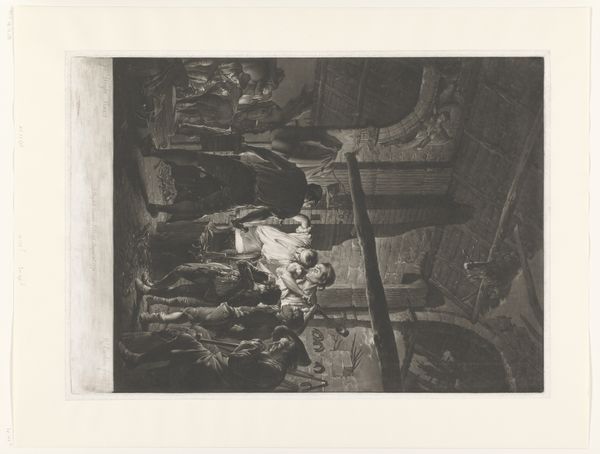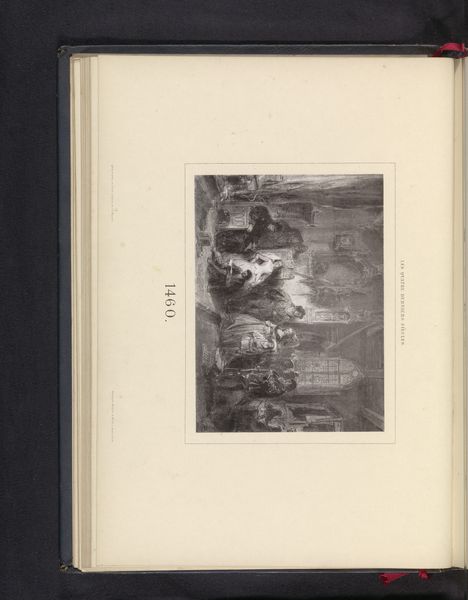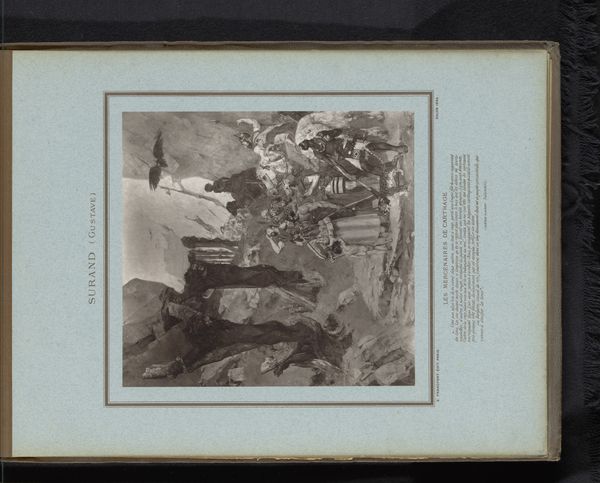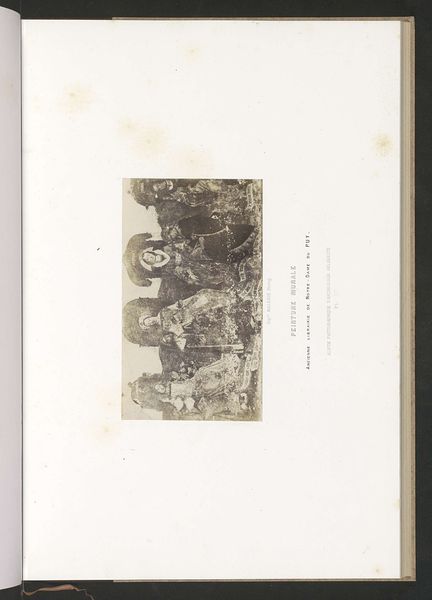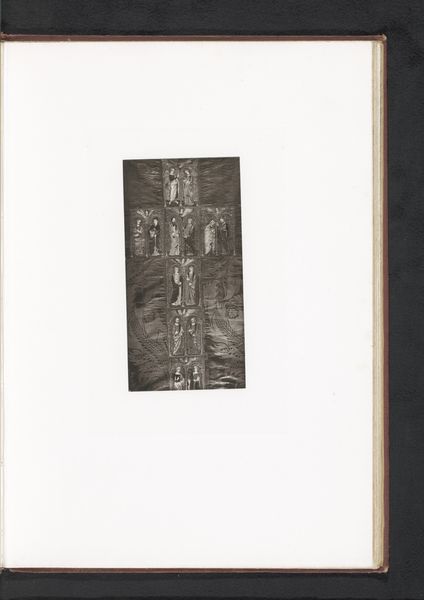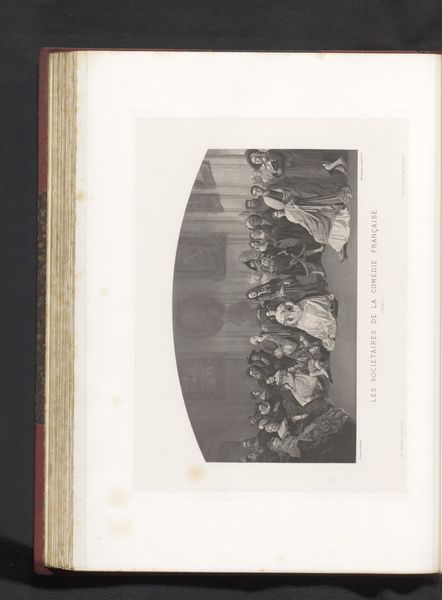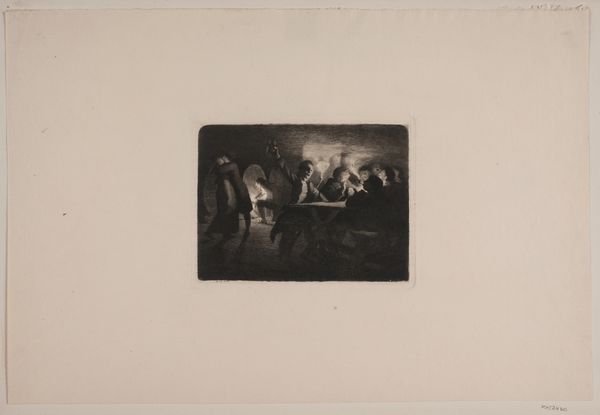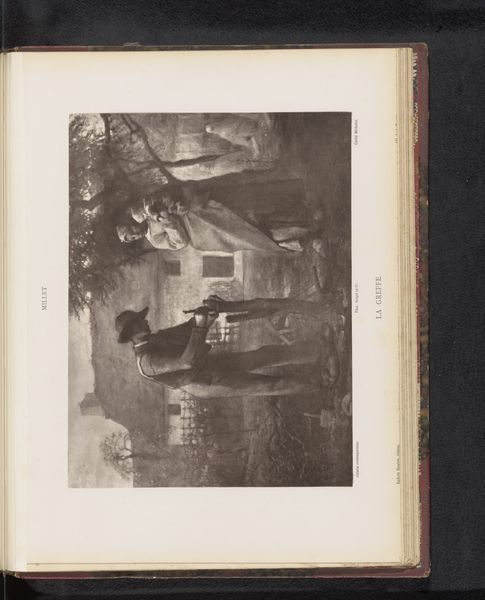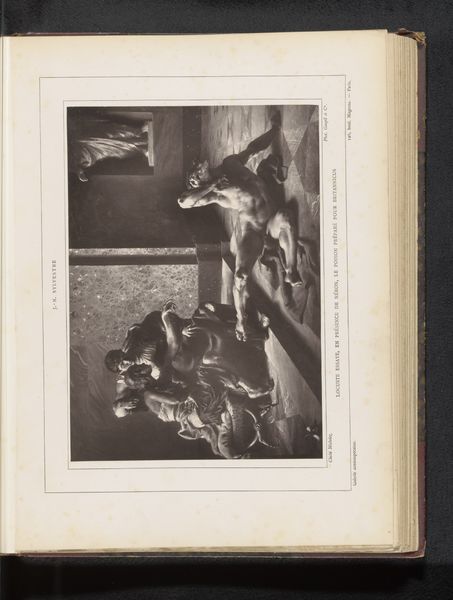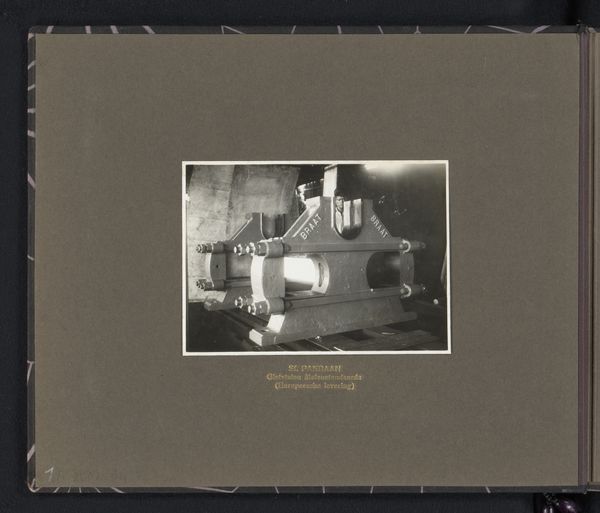
Fotoreproductie van de executie van Maria I Stuart in Fotheringhay Castle door Robert Herdman before 1868
0:00
0:00
print, photography, gelatin-silver-print
#
portrait
# print
#
photography
#
gelatin-silver-print
#
history-painting
#
monochrome
Dimensions: height 232 mm, width 233 mm
Copyright: Rijks Museum: Open Domain
Editor: This gelatin silver print from before 1868, by Thomas Annan, depicts a photographic reproduction of the execution of Mary Queen of Scots. The stark monochrome palette lends it an eerie, almost haunting quality. How should we interpret the symbolism within this work? Curator: Look closely at the positioning of the figures. Mary, draped in white, becomes a symbol of both innocence and martyrdom, wouldn't you agree? Editor: Absolutely, the white fabric is a strong visual cue. Curator: And what about the executioner and his axe, looming in the background? It's not merely about death, but about the exercise of power, and the price of political and religious conflict. Editor: That makes me think of other images of martyrdom that share a similar...staging, almost? Curator: Precisely! Think of the historical and cultural weight Annan is playing with. He is recreating, and in a way, re-interpreting, a moment of intense national and religious significance. The symbols of royalty juxtaposed with the implements of death—they speak volumes about the anxieties of power and succession. Editor: So, Annan uses this photograph not just to document history, but to explore the psychological impact of these historical events? Curator: Exactly. This isn’t just a depiction, it is an engagement with the emotional resonance of cultural memory, wouldn’t you say? Editor: I hadn't considered it that way initially, but it truly highlights the emotional complexities woven into our understanding of historical events. Curator: Yes, a powerful example of the enduring weight of images and their ability to stir powerful emotions over centuries.
Comments
No comments
Be the first to comment and join the conversation on the ultimate creative platform.
